
| Japan Heritage Kisoji |
| Cultural Properties |
| Travel Column |
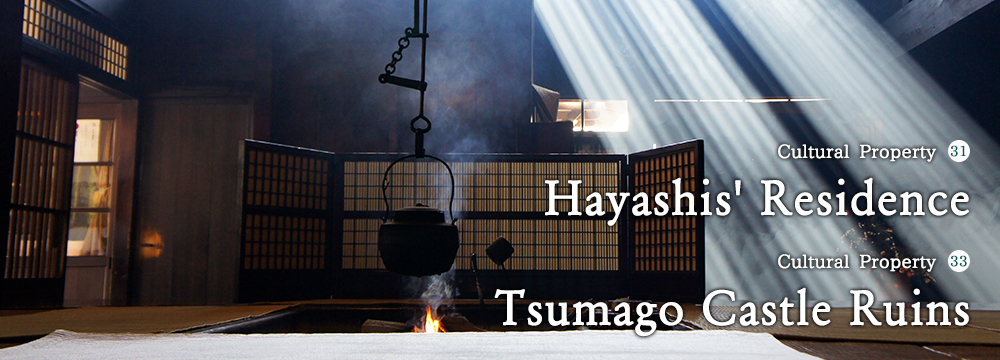
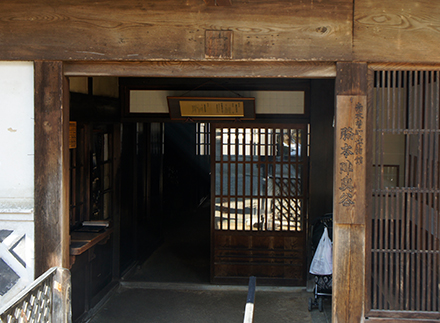
Hayashis' Residence: The Hayashi family was a wholesale dealer and in charge of waki-honjin for generations in Tsumago-juku. The princess Kazu took a rest at the waki-honjin during her trip on Nakasendo to become a wife of shogun Iemochi Tokugawa.
Tsumago Castle ruins: The ruins of a castle built in the Warring States period. Troops entered Tsumago Castle when the Battle of Sekigahara occurred in 1600. The castle ruins retain well the original form of the castle wall and empty moat.
Hayashis' Residence: The Hayashi family was a wholesale dealer and in charge of waki-honjin for generations. The current building was constructed in 1877 with the best techniques and materials of the time. A generous amount of hinoki cypress, which had been banned before, was used. The Hayashis is the family into which Yufu, the first love of a literal great, Toson Shimazaki, married. It was designated as a national important cultural property in June 2001.
The Nagiso Town Museum consists of three buildings; waki-honjin okuya (Hayashis’ Residence, national important cultural property), which was opened in September 9 1967; honjin, which was restored based on a floor plan from the late Edo period; a resource center made with reinforced concrete and wooden construction.
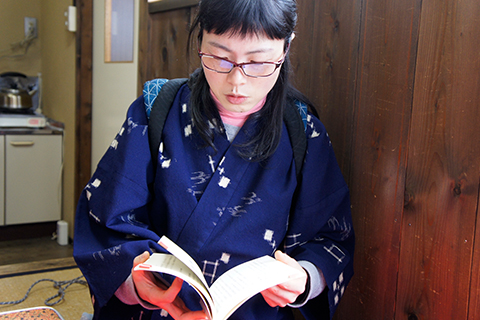
Ms. Kazumi Isomura, curator of the Nagiso Town Museum
We interviewed Ms. Kazumi Isomura. She is the curator of the Nagiso Town Museum.
She said, “The Hayashis' Residence is now open to the public as waki-honjin okuya, which was an inn for daimyo in the Edo period.”
“Waki-honjin okuya was an inn for those who were in charge of Tsumago Castle. 95 percent of the building materials for the Hayashis’ Residence is hinoki cypress. It was built by local carpenters in 1878.
It was not until the Meiji period (1968) that people could use hinoki locally. As the Meiji period began, the forest preservation policy of the Owari Domain came to an end, and hinoki became available locally.”
“The building itself is good, and the fireside looks beautiful when the sunlight comes through the lattice and illuminates the tatami floor. The interior air of black-and-white is unique to Kiso, and it is enjoyable.
The family lived in the residence during the Showa period. And you can see and listen to what life in Kiso was like.
Every morning I put fire in the sunken hearth. In winter you can come warm by the sunken hearth all day long."
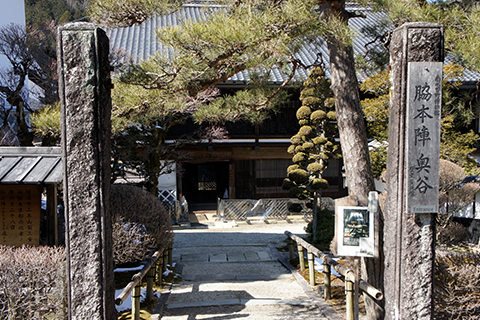
Entrance to wakihonjin okuya (Hayashis' Residence)
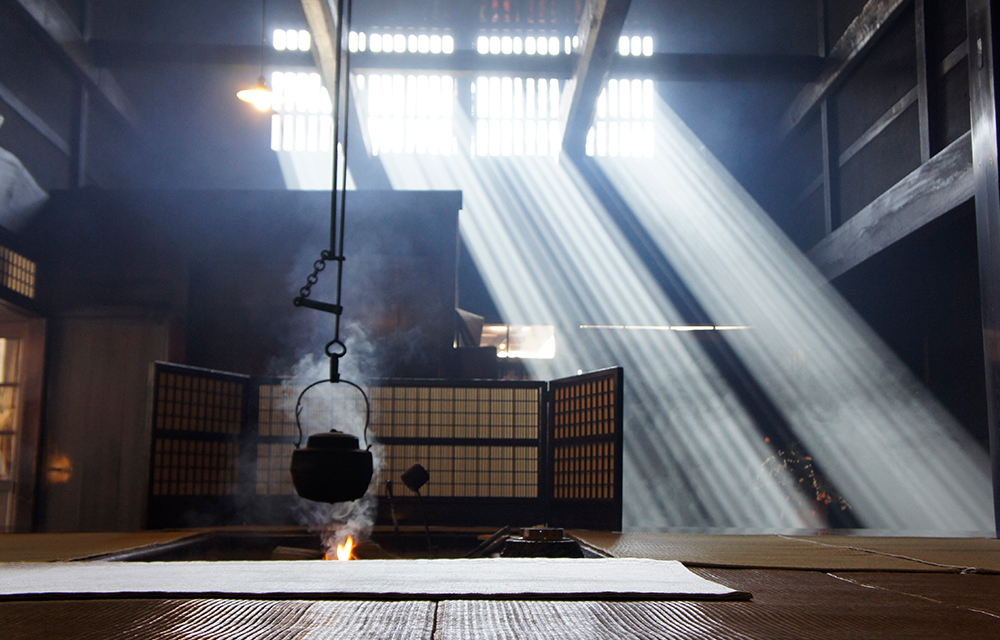
Successfully shot at the right timing. Fantastic!
“The sunlight in the fireside has become famous.
We will soon have 50th anniversary of okuya. We are thinking of some projects to take on for the occasion, so please look forward to them.”
They are thinking of something for young people. Please check it out.”
Tsumago Castle was a mountain castle in the Warring States period. The castle was discontinued after Ikkokuichijo (one castle per province) Ordinance was enforced in 1615.
The main purpose of the castle was to keep watch at the junction of the Nakasendo and Odaira Roads.
“The castle was for the sake of watch. The ruins commands a long-distance view, and the castle must have been the best place for watch.”
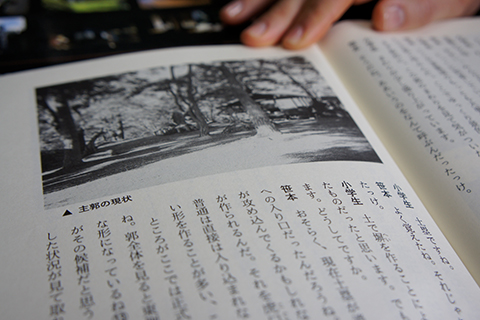
Documents on Tsumago Castle ruins
“Local people know Tsumago Castle ruins well. The place provides a view of the road against a fine landscape. Children go there on a school picnic.
It’s a familiar place to local people.”
“You can tell where the moat of the castle used to be located in the ruins.
There are stone monuments from the Warring States period and the Meiji Period. Come and see them to get a sense of the history of Kiso.”
We heard Ms. Isomura speak. She is thinking of some projects for the entire Kiso.
The Nagiso Town Museum consists of three buildings; waki-honjin okuya (Hayashis’ Residence, national important cultural property), which was opened in September 9 1967; honjin, which was restored based on a floor plan from the late Edo period; a resource center made with reinforced concrete and wooden construction.
40 minutes’ walk
National road 19 and 256, 30 minutes by car
2190 Azuma, Nagiso Town, Kiso-gun, Nagano Prefecture
Phone:0264-57-2322
| View All Cultural Properties |